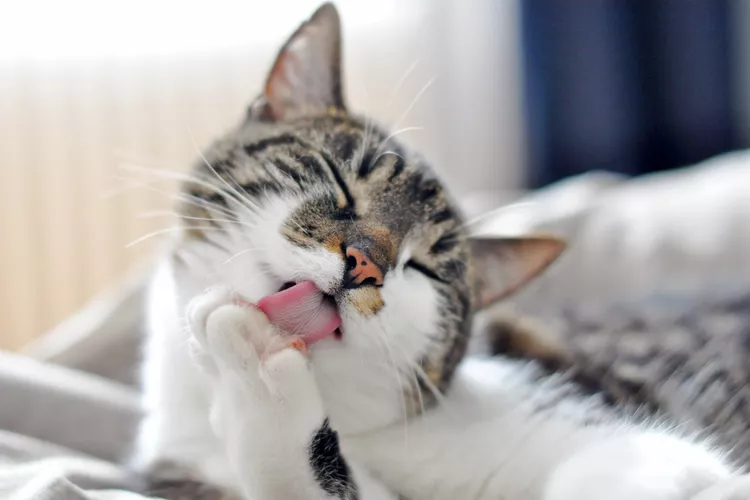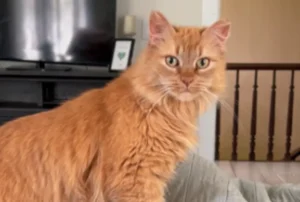How to Handle Your Cat’s Hairballs: Tips and Solutions
Cat hairballs are a common occurrence but can occasionally lead to serious problems. Here’s what you need to know about their causes, what you can do at home, and when to consult your vet.
Seeing your cat struggling with a hairball can be distressing. While hairballs are typically harmless, they can sometimes indicate more serious issues. Lynn Paolillo, CFMG, an instructor at the National Cat Groomers Institute, notes that while hairballs are common, persistent or problematic cases should be addressed. Here’s an overview of what causes hairballs and how to manage them effectively.
**What Are Hairballs?**
Hairballs, or trichobezoars, are clumps of hair that form in a cat’s digestive system. When a cat grooms itself, it ingests hair that usually moves through the digestive tract and exits with their stool. Occasionally, hair accumulates in the stomach, forming a ball that the cat then vomits.
If a hairball becomes too large or causes a blockage in the stomach, esophagus, or intestines, it can become a medical emergency, as highlighted by the Cornell Feline Health Center.
**What Causes Hairballs in Cats?**
Cats are meticulous groomers and swallow a significant amount of hair in the process. Cat hair is denser than human hair, with each follicle producing multiple hairs. Some cats are more prone to hairballs due to genetic factors, grooming habits, and seasonal changes. According to the Merck Veterinary Manual, the structure of cat hair follicles and various external factors influence hairball formation.
**How Often Should Cats Have Hairballs?**
It is normal for cats to have hairballs occasionally, typically no more than once a week, according to the Cornell Feline Health Center. However, if your cat is frequently vomiting or experiencing other symptoms, it’s important to consult your vet to rule out other conditions such as asthma or digestive issues.
**What Remedies Help Cats Pass Hairballs?**
Regular brushing can help reduce the amount of hair your cat ingests, which may decrease the frequency of hairballs. Bathing your cat can also help remove loose hair and dander. Additionally, your vet may recommend a laxative or hairball remedy that makes the hair slicker and easier to pass through the digestive system.
**When Is It an Emergency?**
If your cat is persistently trying to vomit without success, or if you notice a loss of appetite and other signs of distress, it’s important to seek veterinary attention promptly. Persistent symptoms could indicate a blockage that may require immediate treatment, potentially including surgery, although most cases are initially managed with clinical care.
**In Summary:** Hairballs are common but can lead to serious issues if not addressed. Regular grooming and bathing can help minimize hairballs. If your cat shows signs of frequent or severe hairball problems, consult your vet for advice and treatment options.












Post Comment